You’ve picked your haul of lovely, luscious, ripe red strawberries. Now what should you do with them?
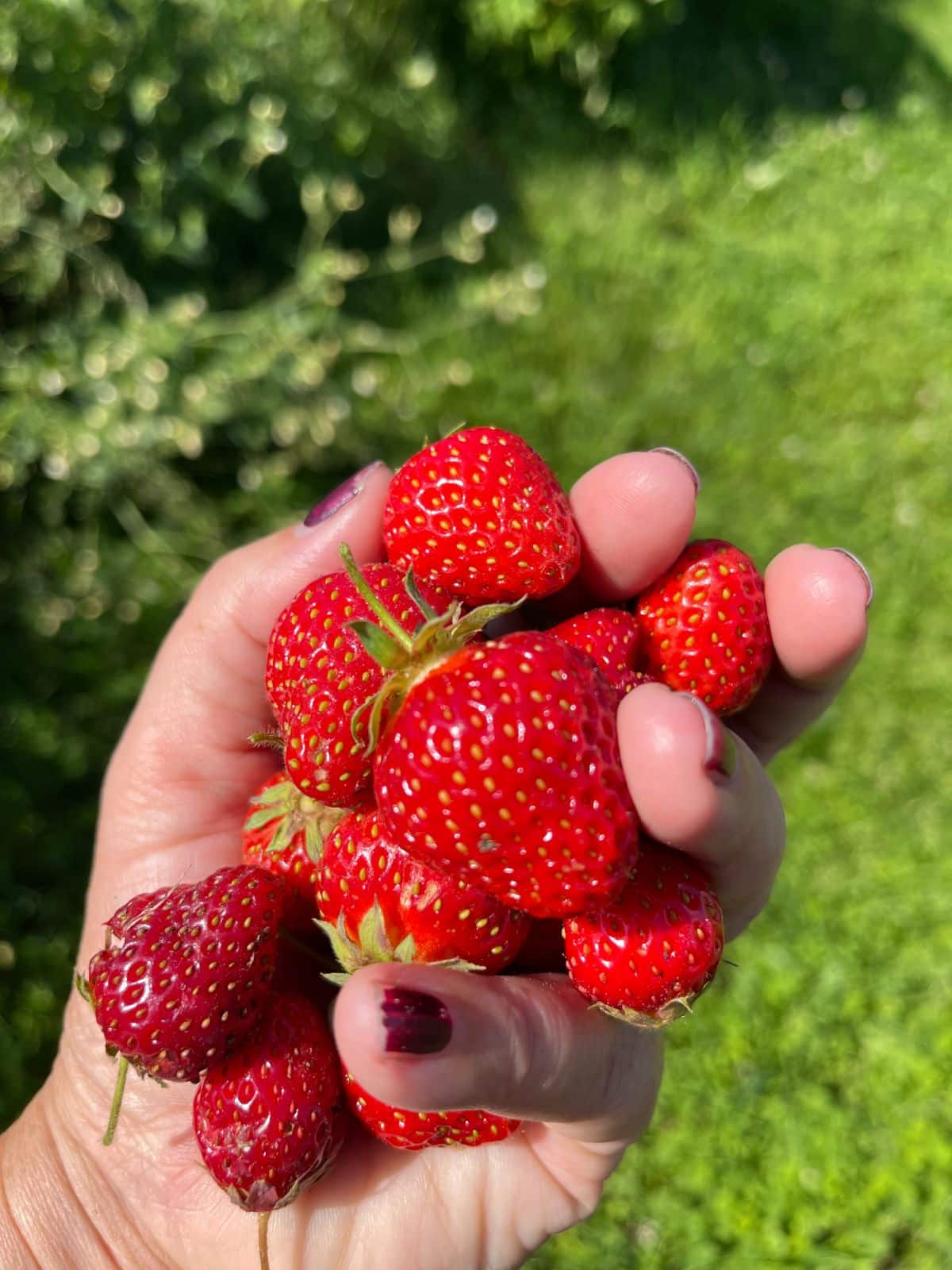
How you handle fresh-picked strawberries has a lot to do with their flavor and quality. Here’s what you need to know about the next steps after harvesting fresh strawberries.
Jump to:
- Protect from Sunlight
- Treat Moisture Like an Enemy
- Wait to Wash
- Wash Under Running Water
- Remove Damaged Berries Right Away
- Hold off on Hulling
- Store in Shallow, Breathable Containers
- Refrigerator Storage
- Counter Storage
- Check Berries Regularly Until Ready to Use
- Use or Preserve as Soon as Possible
- Know Before You Go (Strawberry Picking)
Protect from Sunlight
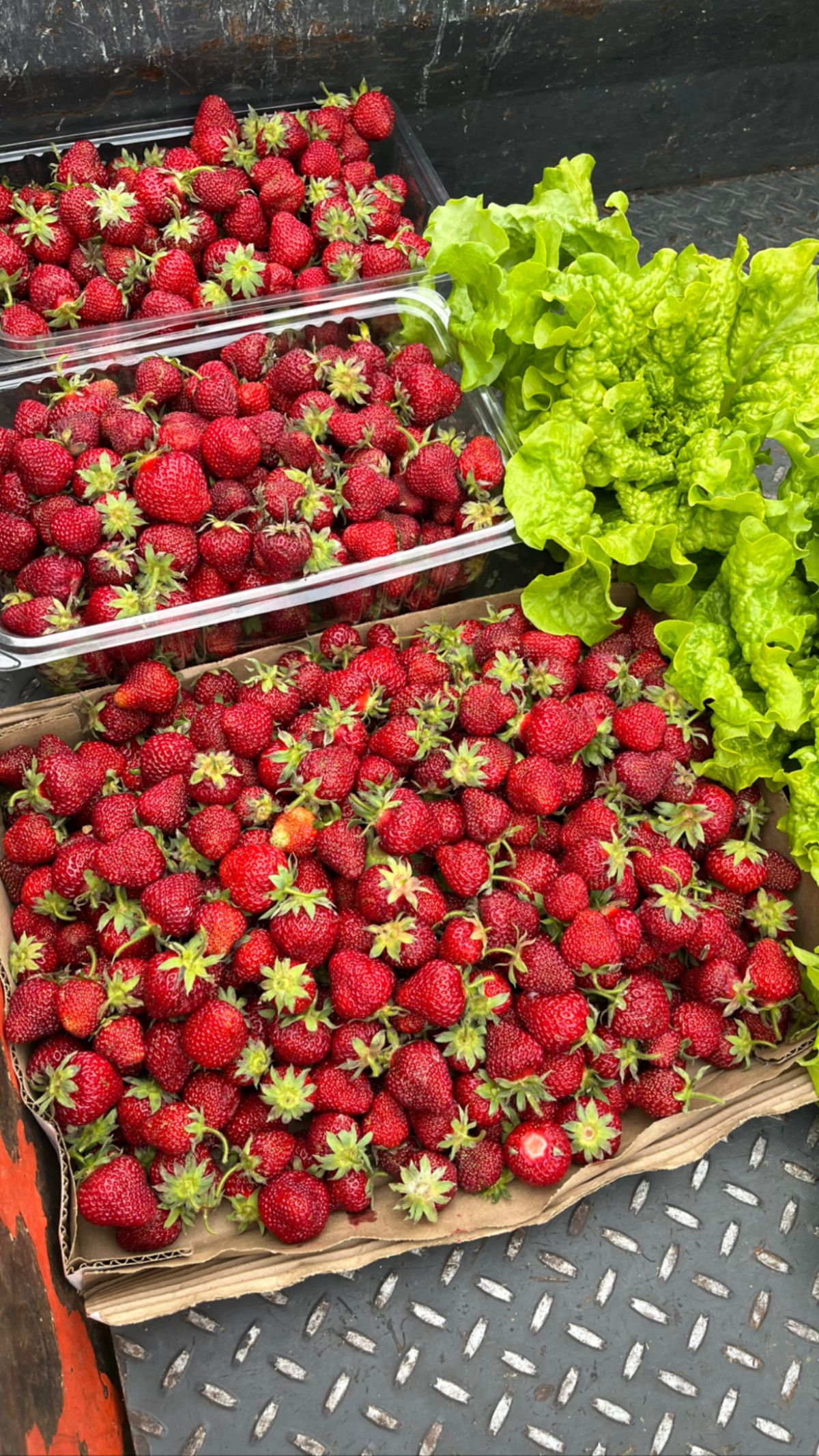
As soon as possible after they are picked, protect the berries from excess exposure to sunlight. Theoretically, you should start doing this in the field or berry patch, though that may not be practical. As soon as you can, though, get the picked strawberries out of direct sunlight—even if this means laying a simple sheet or piece of cardboard over a flat while you pick, or making a trip in with the first big haul while you pick some more. If you’re spending a lot of time out in the patch, don’t leave lots of flats or containers filled with fruit baking and breaking down in the sun.
Also, consider that you need to protect berries in the car while you’re making the drive home. This is more of an issue if you are picking at a pick your own farm, and not so much an issue for people who grow and pick at home (unless you are transporting somewhere else, like to a friend or family member—whom you must really love, if you’re sharing your fresh homegrown strawberries with them!). Again, don’t leave the berries sitting in a hot car in sunlight; cover them up, try to keep them out of hot, direct light, and keep the car cool.
Treat Moisture Like an Enemy
Moisture is the number one cause of spoilage for fresh strawberries. Moisture comes from many places—it may be present when picking, especially if you pick when there is a heavy morning dew or just after rain. Moisture can come from washing, from damaged and weeping juicy berries, or it can come from improper packaging and storing, such as in airtight containers that don’t breathe.
Know the enemy and know what to do to avoid it. You’ll find different ways to address moisture control in handling and storage in different sections of this article.
Wait to Wash
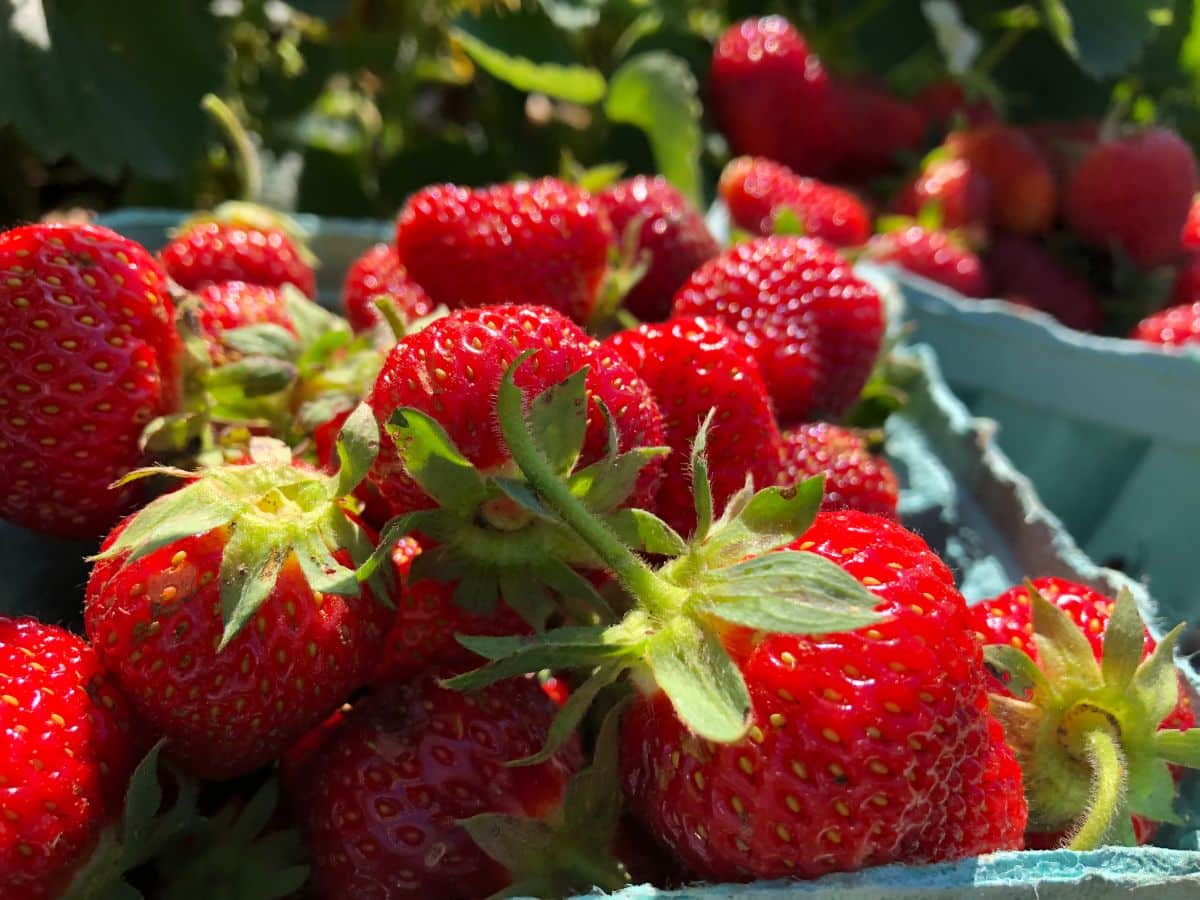
Don’t wash your strawberries until you are ready to use them or until you are prepping them for preserving.
Washing introduces the most water and moisture to your berries. Fresh strawberries easily soak up water from washing—they’re like little sponges. This dilutes the taste and invites deterioration and rot. Also, you can pretty much guarantee your strawberries are holding natural mold spores—mold spores that are just waiting for a little extra moisture to let them explode.
Wash Under Running Water
It’s best to wash strawberries under a steady, running stream of water. Wash in a colander in batches small enough to clean all the berries. Use a hand sprayer to get to all the berries, or, if you don’t have a hand sprayer, wash under a running faucet, rolling and gently shaking the strainer to remove all debris. Run each batch under cold running water for several minutes (about three minutes per batch).
It is not recommended to use any type of soap or disinfectant on the berries (for example, do not use soap, detergent, or bleach). These can leave trace chemicals on the berries that can change the berries’ flavors. You can wash strawberries in water with a small amount of salt dissolved into it or in a vinegar and salt solution. Vinegar will break down residues (from field sprays and herbicides), which is more important if the berries are not organic.
With either of these, you want to thoroughly rinse the berries afterward to remove salt and vinegar flavors, and then dry them on towels to let the vinegar taste dissipate. It is best not to soak strawberries in water with or without salt or vinegar added, though you will find instructions that say otherwise. If you soak berries to clean them, you’re apt to find they taste diluted or watery.
Remove Damaged Berries Right Away

Just as one bad apple will spoil the barrel, one bad strawberry will spoil those around it, and this can spread through your whole box or flat of berries if left unchecked.
Ideally, you will avoid picking old, mushy, moldy strawberries or those that have been bitten into by birds and other thieves; but we all pick a bad berry from time to time. You might have a few berries get crushed in handling or transport, too. It happens. But don’t let those damaged berries sit in the container with the rest of your harvest—it’ll only start turning good to bad.
Remove any berries with obvious damage, those that are squishy or juicy and leaking red juices, or that are growing mold. Discard these right away.
Hold off on Hulling
Hulling, to a fresh strawberry, is essentially a wound to the berry. (Hulling means to remove the green top and stem—it is basically de-stemming). When we remove the hull, we remove an appendage and open a wound which can then weep and cause the berry to start losing juices. This increases the chances of spoilage and starts the breakdown process for the berry.
Of course, the effects won’t be immediate, but hulling will start the process that leads, eventually, to deterioration. And so, as with most handling and processing of fresh strawberries, this is best left until right before you want to use or eat your berries.
Store in Shallow, Breathable Containers
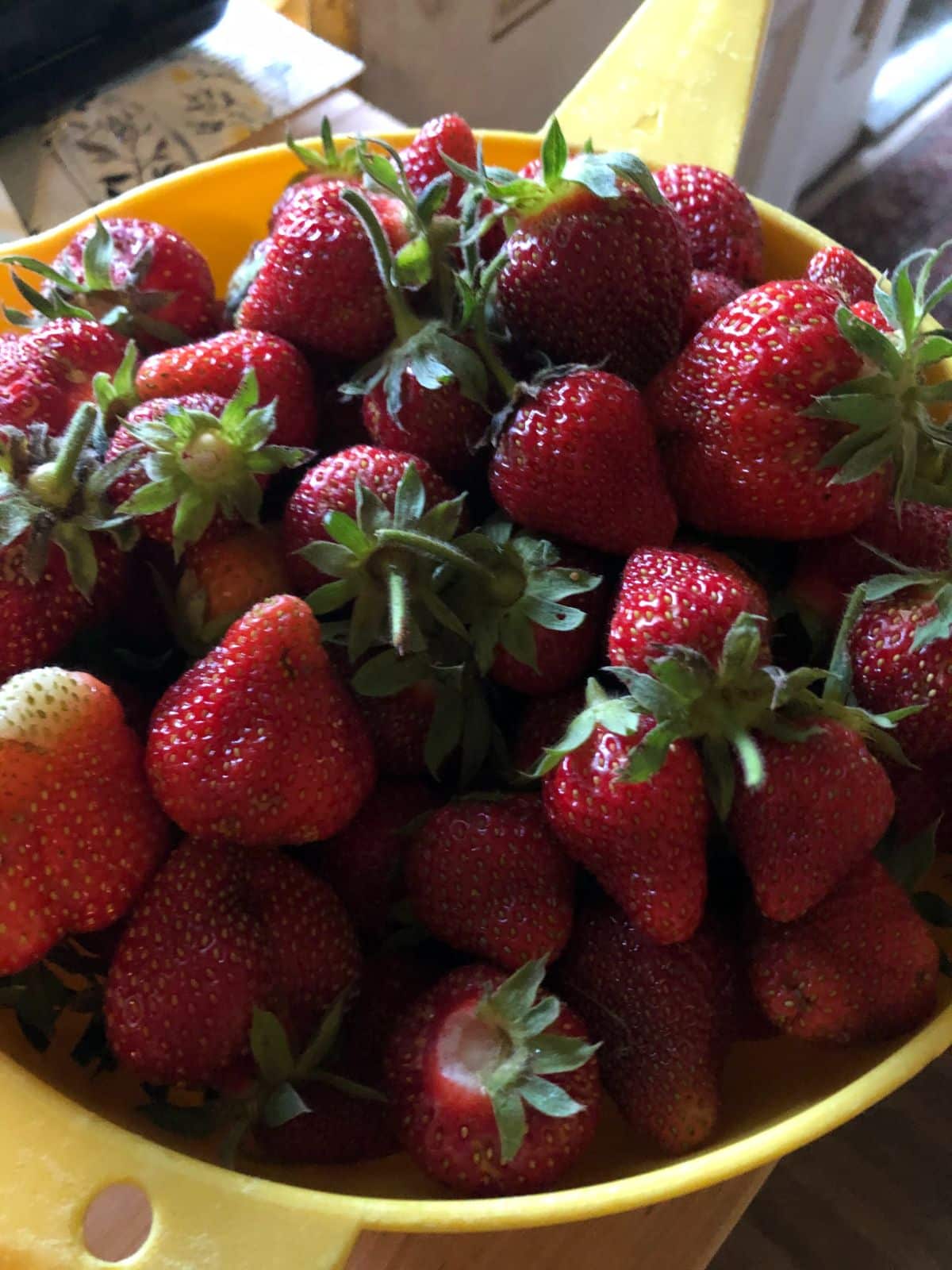
Whole strawberries are best stored in a container that will let them breathe a little and which will not build up excess moisture or condensation. If you will not be storing your berries for too long, this can be a waxed flat box (like what you may pick into at a PYO strawberry farm) or berry baskets set into the box. Other good containers are colanders lined with paper towels to absorb extra moisture and juice.
Just like when you are picking, store your berries in shallow containers with few layers so the weight of the top berries doesn’t crush those below. A single layer is the best, but that’s not that reasonable with a large quantity of berries and not necessary as long as you don’t have more than about 3 to 4 inches per layer of berries (about the depth of a berry box or basket).
Once you’ve hulled (de-stemmed) or sliced the berries, they need to be kept refrigerated in an air-tight container.
Refrigerator Storage
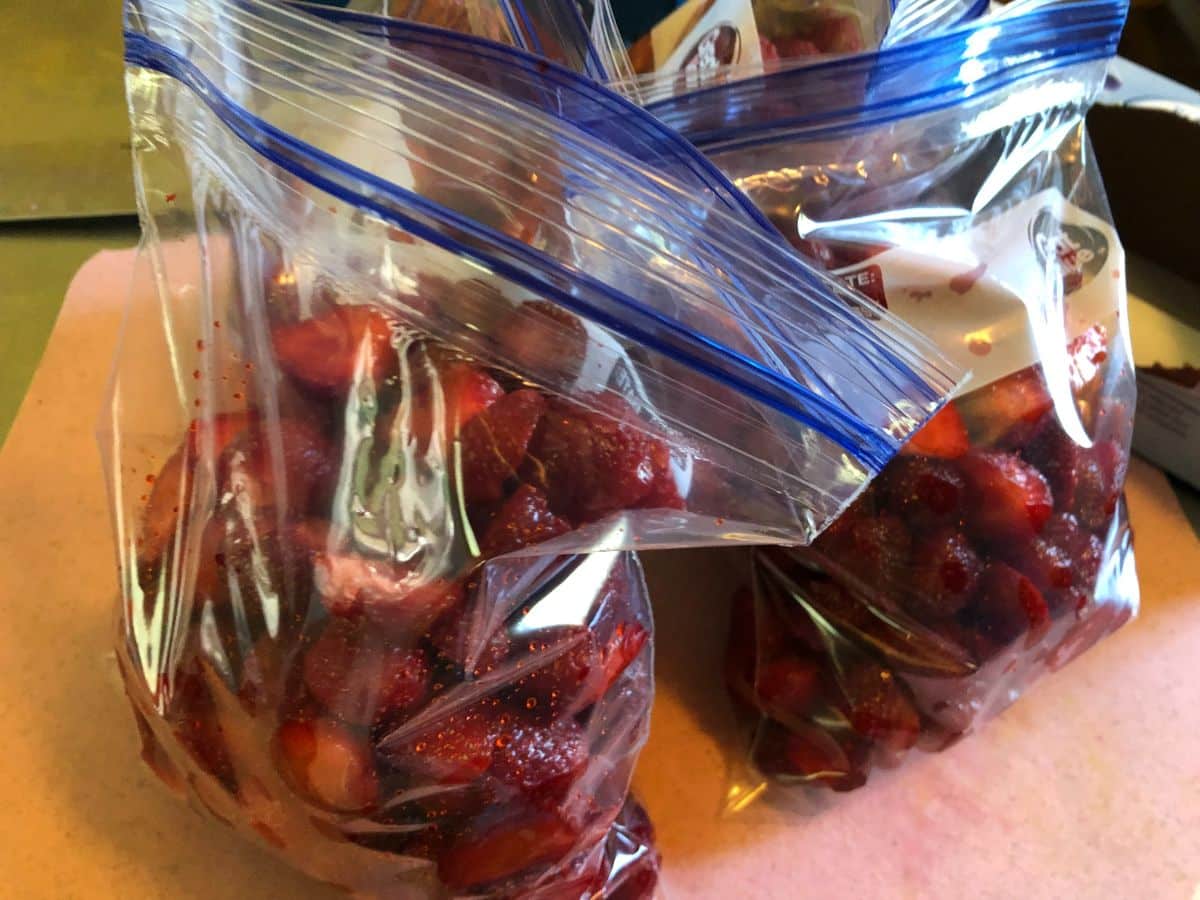
Your strawberries will last the longest if they are stored in the refrigerator. Ideally, you should get your fresh-picked strawberries into the refrigerator as soon as possible unless you are using them right away. Strawberries will last longest if they are refrigerated to under 40 degrees Fahrenheit (4.5 Celsius). The sooner you can start getting them cooled down, the better—packed as recommended above and with materials to help absorb extra moisture.
Here’s a tip—strawberries taste best at room temperature or even warm room temperature. This is because they emit their lovely fragrance when warm, and that enhances our sense of taste. So, before you eat strawberries or strawberry sauces, give them some time to warm up.
Counter Storage
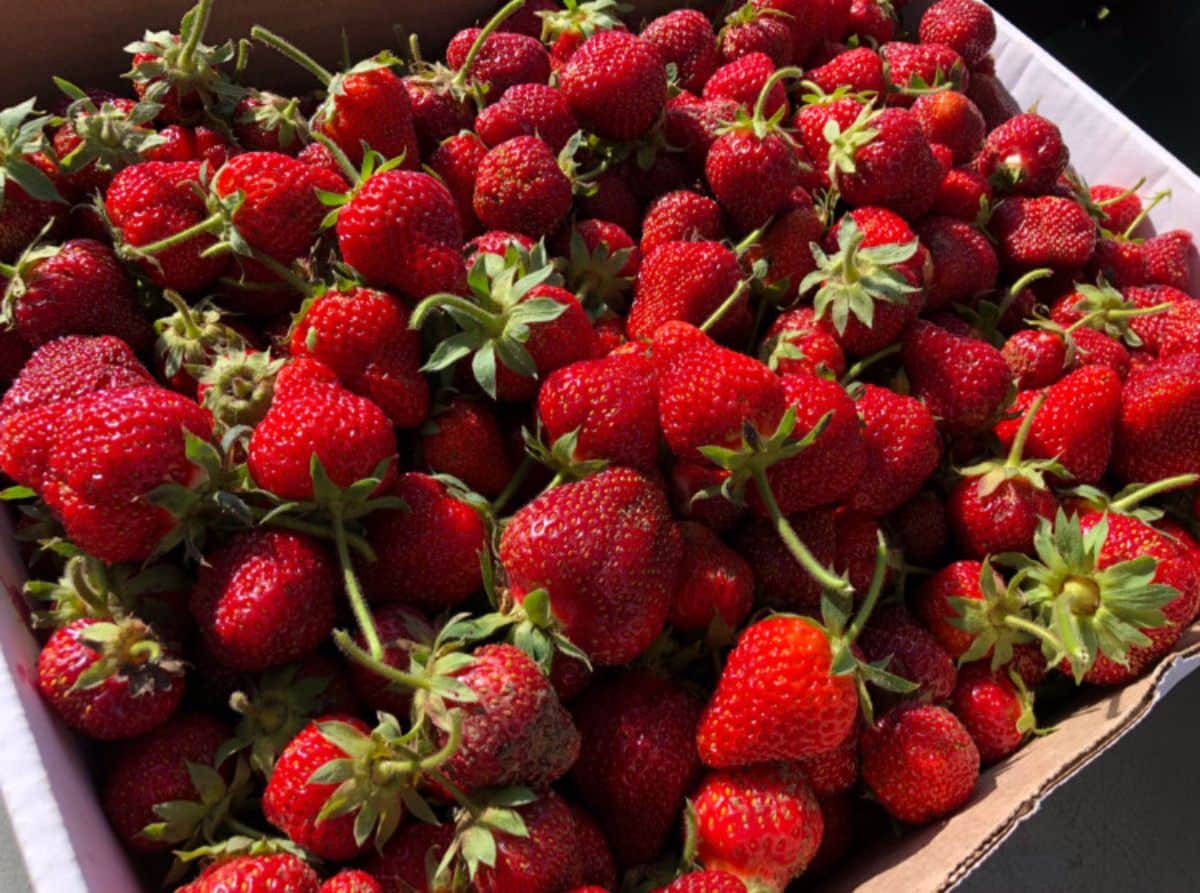
Fresh strawberries will last well enough at room temperature on a counter for a day or two. Any longer than that, and they really need to be refrigerated. Refrigeration is the best way to slow the deterioration of your berries, but sometimes we just don’t have the space if we’re picking in bulk or your strawberry patch is over-achieving. So, if you need to, don’t fret. Keep the berries unwashed with the tops on in shallow containers that allow for airflow.
Check Berries Regularly Until Ready to Use
Do a daily check to look for juicy, rotting, or molding berries. As mentioned above, rot and mold can spread quickly. It can also crop up quickly if a berry or two goes by while in storage. Give a look-through for bad berries each day until you are ready to use them. Discard overripe berries that are softening or weeping juice because they are already on their way out and already leaking wet juices onto your good berries.
Use or Preserve as Soon as Possible
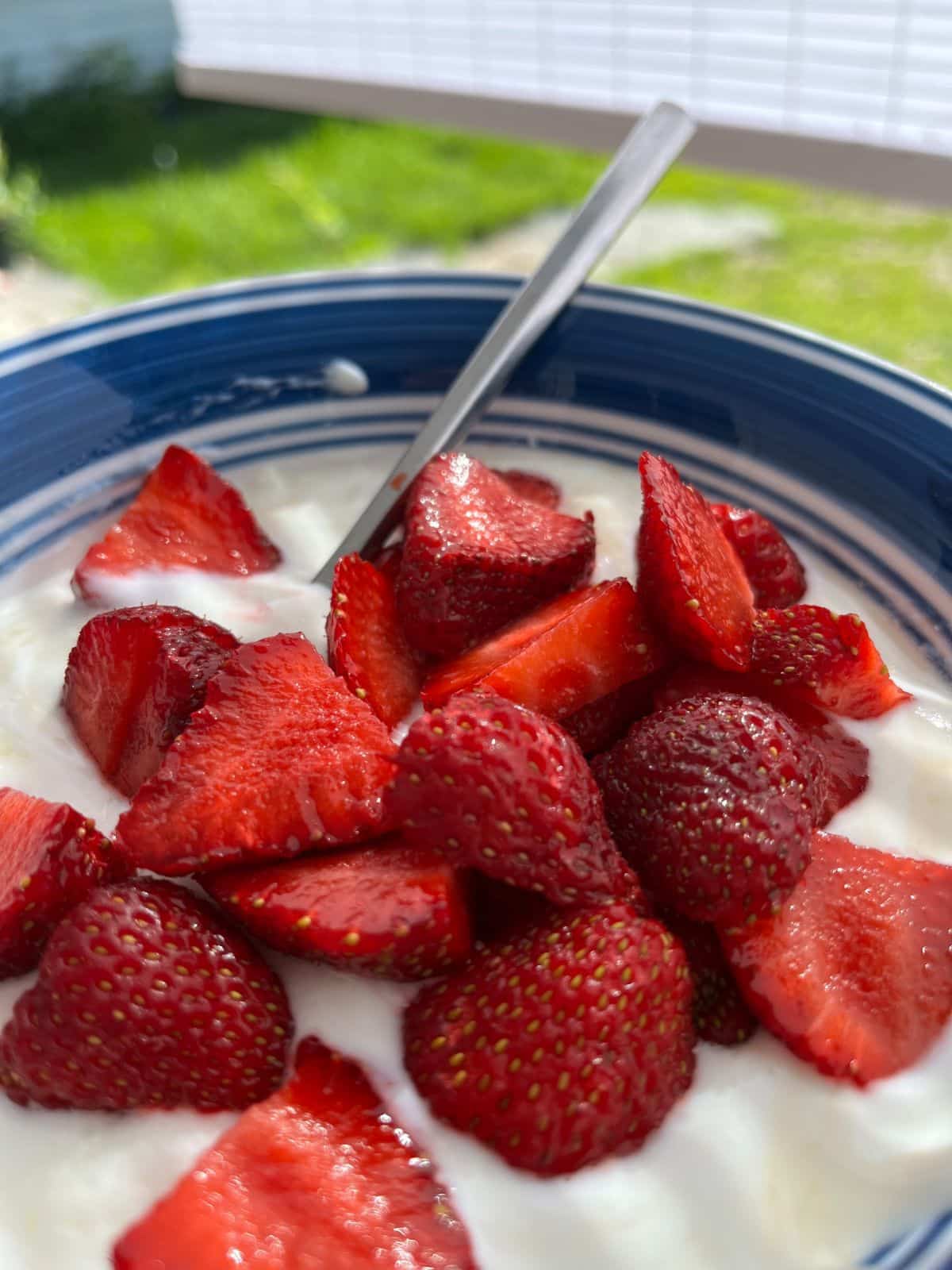
The sugars in strawberries, which play a major role in their flavor, start to break down soon after picking. The sugars begin to convert into starch, and the flavor begins to get a bit blander. The sooner you eat your strawberries, the better.
The optimal time to consume or preserve your strawberries is within the first two to three days. Fresh strawberries will keep for up to a week (and maybe a little longer if you’re lucky since they’re so fresh and you haven’t lost any time in them being transported across the country).
If you have strawberries at different ages (such as is often the case if you have a strawberry patch at home that you pick every day or two), keep the freshest berries for fresh eating and use the older berries for cooking or preserving into things like strawberry jam.
Know Before You Go (Strawberry Picking)
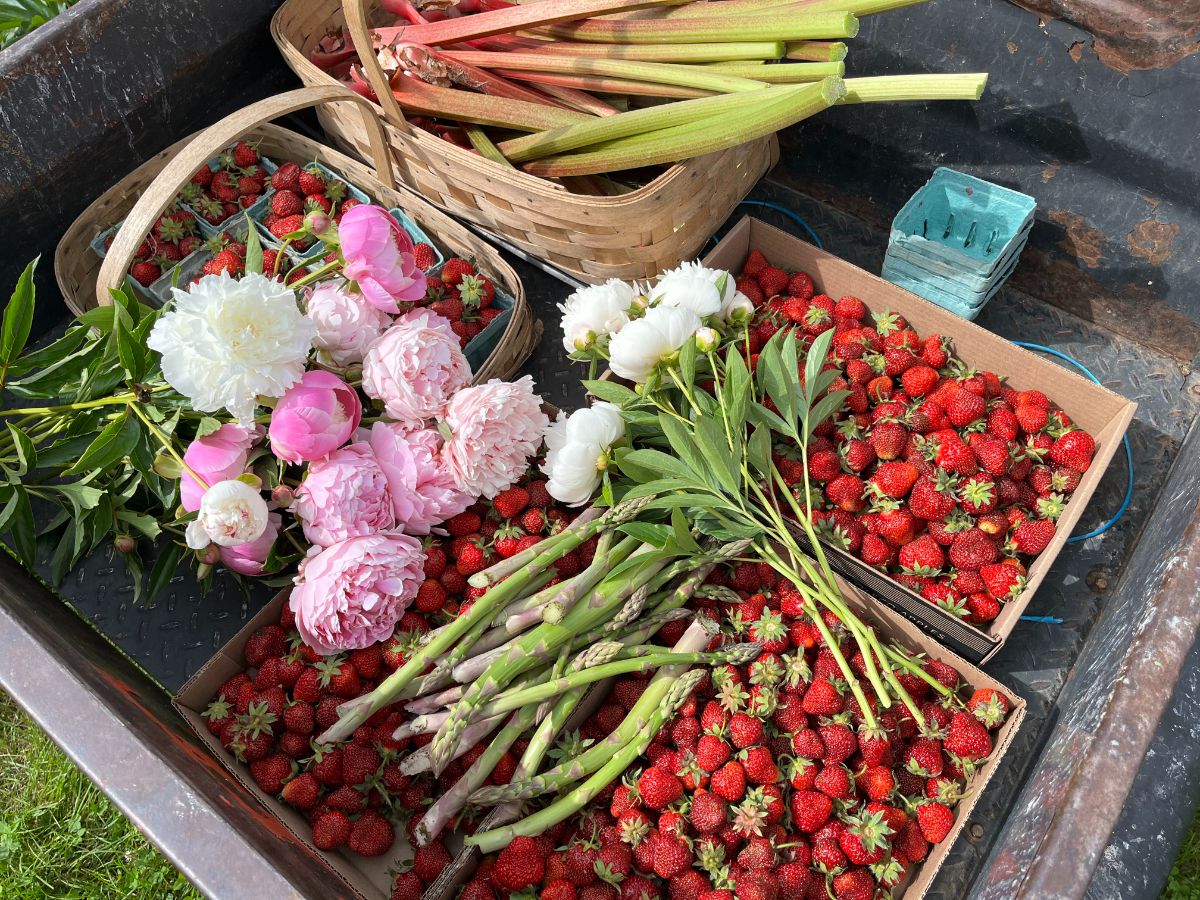
Knowing how to handle strawberries after you pick them is important. Best handling and storage practices will give you the best product for as long as possible. But it’s important to know that you cannot increase the quality or flavor of a strawberry after it is picked. Strawberries do not ripen off the plant. When you pick them, they are as good as they can possibly get.
This means that a good after-the-fact product depends on good picking habits and on knowing how and when to pick your berries—and also which berries to pick and which to leave for another day. Before you start picking your strawberries, familiarize yourself with what a ripe strawberry looks like and only pick good berries (click the link for more).
Also, employ good picking practices so you bring the best quality of berries out of the patch. To make the most of your harvest, read these Top 20 Strawberry Picking Tips.









Leave a Reply